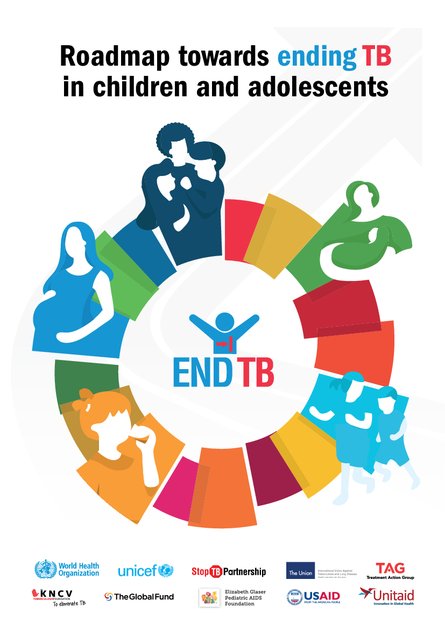
The 2018 United Nations General Assembly High-Level Meeting (HLM) on Tuberculosis and the current revision of the Roadmap for childhood tuberculosis together present an important moment to consolidate and advance advocacy, commitment, resource mobilization and joint efforts by all stakeholders to provide health care and address the burden of TB among children
The first Roadmap, published five years ago, helped to draw the childhood TB epidemic into the global spotlight after decades of neglect. Today, we are closer to a generation of children free from TB. Armed with new knowledge about how 10% of all TB affects and manifests in children under 15 years of age, we have a clearer vision of what is needed, how to deliver it – and the priority actions and enhanced investments that are urgently required.
The 2018 Roadmap incorporates an additional critical population: adolescents. Despite making up 1 in 6 of the world’s people, adolescents have been largely overlooked as global momentum to address TB has grown. Spanning the ages of 10–19 years, adolescents are both at risk of TB and represent an important population for TB control. They often present with infectious TB and frequently have multiple contacts in congregate settings, such as schools and other educational institutions. Nevertheless, few countries capture TB data in suitably age-disaggregated ways to allow full understanding of its impact in this group and even fewer provide the adolescent-friendly services our young people need to access diagnosis and care.
